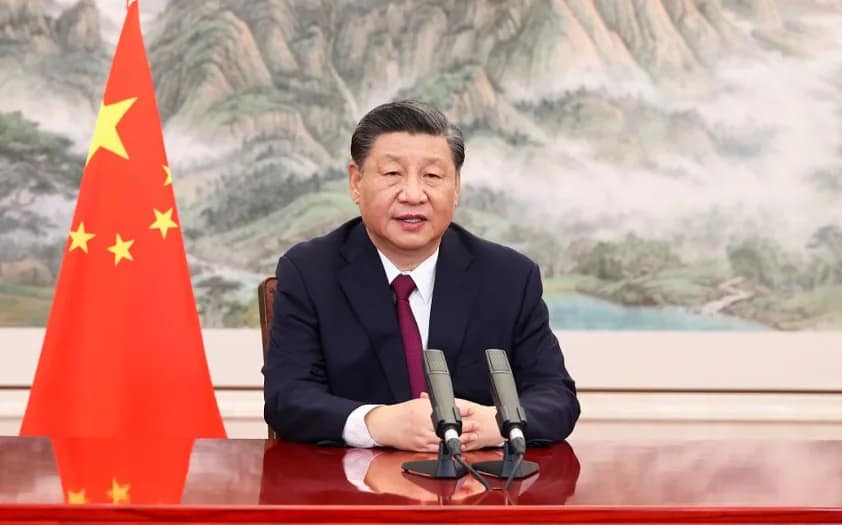Weaker global demand and persistent property weakness challenge China’s post-COVID economic recovery
TWC – China’s manufacturing activity unexpectedly contracted in April, as per National Bureau of Statistics data. The official manufacturing purchasing managers’ index (PMI) fell to 49.2, down from 51.9 in March, marking the first contraction since December 2020. This result missed economists’ expectations of 51.4 and increased pressure on policymakers seeking to revive an economy struggling for a post-COVID lift-off amid subdued global demand and persistent property weakness. Senior NBS statistician Zhao Qinghe cited a lack of market demand and the high-base effect from the manufacturing recovery in Q1 as factors contributing to the contraction. The manufacturing sector accounts for about 18% of all employees nationwide, and some exporters have frozen investments and cut labour costs in response. To boost trade and employment, China’s cabinet recently unveiled plans to provide subsidies to firms that hire college graduates, support automobile exports, and facilitate visas for overseas businesspeople. The composite PMI, including manufacturing and non-manufacturing activity, dropped to 54.4 from 57.0, and the non-manufacturing PMI edged down to 56.4 versus 58.2 in March.
Thanks to robust services consumption, China’s economy grew faster than expected in Q1, but factory output has lagged amid weak global growth. The Politburo, a top decision-making body of the ruling Communist Party, has stressed the need to restore and expand demand as a key to a durable recovery. However, senior NBS statistician Zhao Qinghe suggests that the contraction in April’s manufacturing PMI indicates a lack of order in the market.
The global semiconductor shortage has also affected China’s exports, which has hit the country’s electronics industry. New export orders nudged down to 47.6 from 50.4 in March, adding to the challenges faced by China’s manufacturing sector.
The property sector, which has been a significant pillar of China’s growth for years, is also struggling, with multiple crises since mid-2020, including developers’ debt defaults and stalled construction of pre-sold housing projects. Although policy support measures have helped improve conditions in the industry, a full-blown recovery still appears some way off.
Despite recent signs of strength in consumption, such as retail sales growth quickening in March to near two-year highs, economists remain cautious about the sustainability of such power. Data from the PMI readings and other mixed economic signals suggest that the pressure will remain on the government to continue its supportive fiscal and monetary policies in Q2, says Zhiwei Zhang, chief economist at Pinpoint Asset Management.

